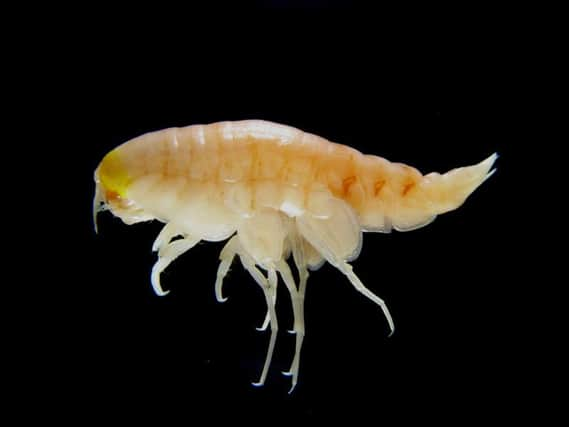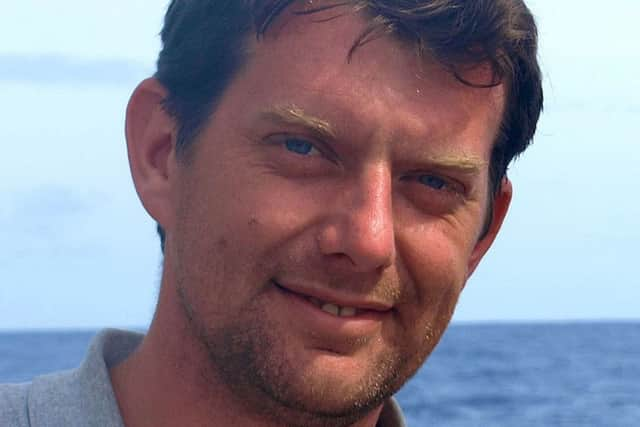Experts say pollutants banned in 1970s found deep in Pacific


High levels of persistent organic pollutants were discovered in the fatty tissue of scavengers living more than 10km down in two trenches 7,000km apart.
The chemicals include polychlorinated biphenyls (PCBs) which have been defined as carcinogens and do not break down for decades.
Advertisement
Hide AdAdvertisement
Hide AdResearchers sampled the 2-3cm amphipods, similar to sand hopping insects, that they brought back to the surface from the Mariana Trench, east of the Philippines, and the Kermadec Trench, north of New Zealand.


They were shocked to find contamination levels similar to those found in a heavily polluted area just off Japan.
The crustaceans from the deepest ocean trenches were found to contain 10 times the level of industrial pollution than the average earthworm.
Lead author Dr Alan Jamieson, of Newcastle University, said: “We still think of the deep ocean as being this remote and pristine realm, safe from human impact, but our research shows that, sadly, this could not be further from the truth.
Advertisement
Hide AdAdvertisement
Hide Ad“In fact, the amphipods we sampled contained levels of contamination similar to that found in Suruga Bay, one of the most polluted industrial zones of the north west Pacific.”


Along with the PCBs, once commonly used in industry, they found polybrominated diphenyl ethers which were used as flame retardants and are known to reduce fertility.
Between the 1930s to the 1970s, when they were banned, the total global production of PCBs was about 1.3 million tonnes.
Industrial accidents and leakage from landfill have seen them released into the sea and they are extremely slow to break down.
Advertisement
Hide AdAdvertisement
Hide AdUsing deep-sea landers, the team searched the trenches for organisms living at such depths and brought samples back to the surface.
The creatures are unable to survive in the lab at our low pressure.
Scientists believe the pollutants have found their way into the remote trenches through contaminated plastic debris and dead animals sinking to the ocean floor.
They would then be eaten by the voracious amphipods which are highly-efficient at sweeping up nutrients.
Advertisement
Hide AdAdvertisement
Hide AdDr Jamieson, of Newcastle University’s School of Marine Science and Technology, said: “The fact that we found such extraordinary levels of these pollutants in one of the most remote and inaccessible habitats on earth really brings home the long term, devastating impact that mankind is having on the planet. It’s not a great legacy that we’re leaving behind.”
The deep ocean can be a sink for pollutants which accumulate on the floor in higher concentrations than at the surface.
Meanwhile, a survey shows that the proportion of people who accept climate change is happening and is largely human-made has risen to almost two-thirds.
A poll of 2,045 people in the UK reveals a “discernible shift” in public opinion as 64 per cent agreed climate change is happening and is mainly caused by human activity, up from 59 per cent when the same question was asked in 2015 and 57 per cent in 2014. The poll was carried out by ComRes for the Energy and Climate Information Unit (ECIU).